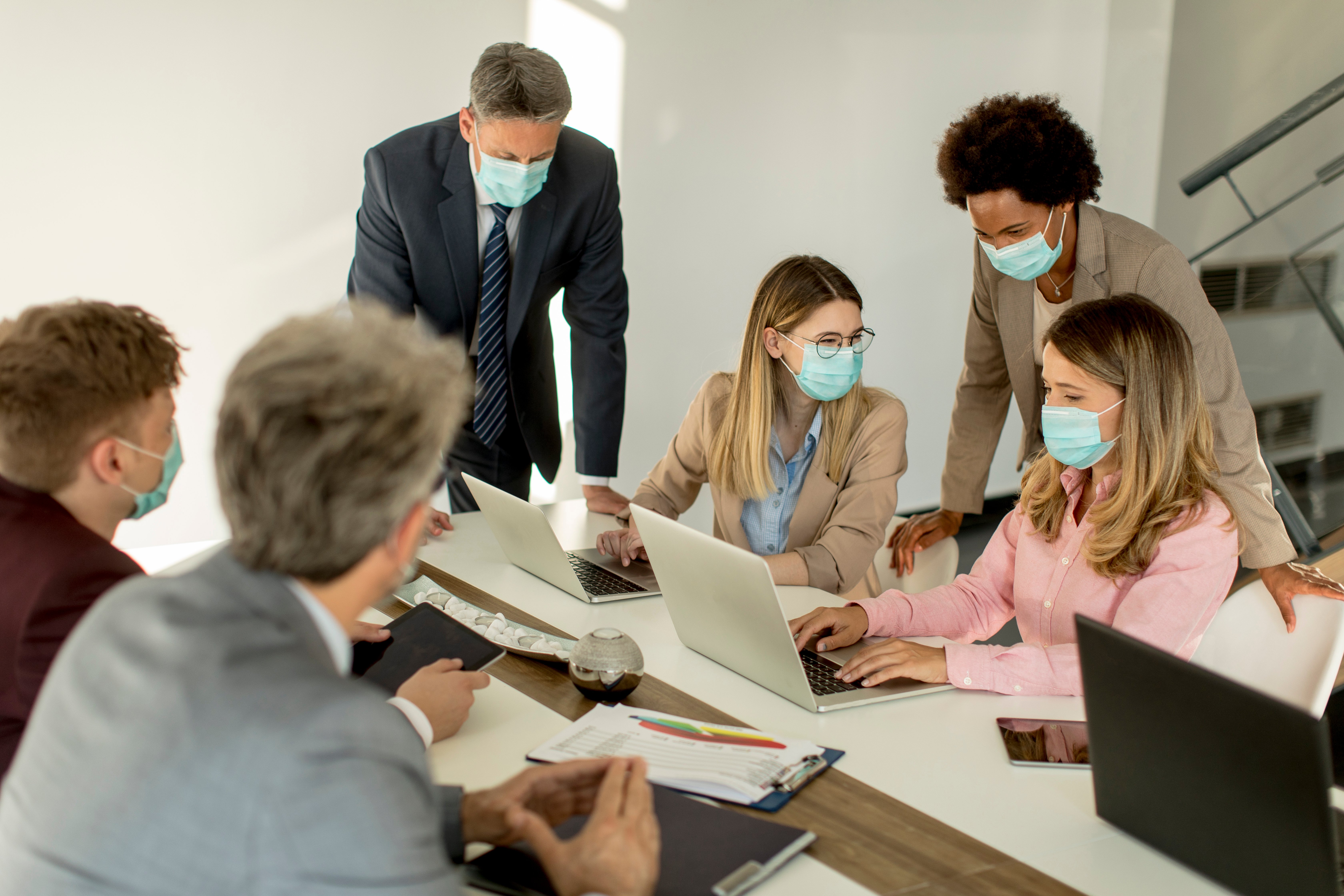The government has recently started releasing an exit plan to help transition the UK out of the COVID-19 pandemic. With the lifting of restrictions, it is likely that employers will look to begin a phased return to work after lockdown.
Why would an employer want to introduce a phased return to work?
A phased return to work is a vital step in ensuring that the mass population are integrated back into a ‘normal’ way of working after the pandemic. When we say 'normal', we unfortunately mean a new normal from the way of working we used to know.
Although the lockdown is being eased, the Coronavirus is still a contagious virus that we do not have a cure for. It is still a threat. Therefore, a phased return to work will help manage the influx of the population back into the workplace.
Even after the lockdown, the government have released guidelines and precautions that a business must abide by to create a safe and suitable work environment for their employees. These include:
- Producing a Risk Assessment
- Testing employees
- Social distancing guidelines
Ensuring that your place of work is a safe, secure environment is essential for the welfare of your workforce.

Planning a phased return to work
The first step in getting employees back into work is creating a plan to outline the details of how you can do this safely and respectively for your employees. This will include dates and actions you can take to improve the workspace.
Having an open conversation with employees and their representatives during this stage will help you produce a plan that works for all. If you are a larger organisation, an employee survey can help you extract this type of information. You should focus on finding information out around:
- Do employees feel safe returning to work?
- How do employees travel to work?
- Can employees work from home?
Although it is ultimately the business' decision when and how the employees come back to work, by creating a solution that works for the owner and the employees will instantly create a happier, positive environment.
Creating a safe and sanitised workplace
During your plan it is essential to create a plan of action for how you are going to create a safe and sanitised workplace for your employees. It is important that your workforce feel safe in their working environment. It will also help stop the spread of the virus for the greater population.
There are three key factors to think about:
1) Create a Risk Assessment
The first step to creating a safe and sanitised workplace is to complete a 'Risk Assessment' to identify what might cause harm within the place of work. This allows you to take targeted and reasonable steps to prevent it being a problem for your employees. You can visit GOV.UK to understand the guidelines you can follow.
2) Before anyone returns to the office
What steps and precautions can you take to make sure that the environment your staff return to is no contagious? The work space being empty, provides an opportunity for a deep clean to kill any harmful germs or virus’.
Throughout the lockdown period, an Electrostatic Sprayer system has acted as a proven and viable method of killing virus’ within a workspace and then also protecting it from future contamination. Services like this provide a proven method for making a place clean and sanitised.
3) How to prevent the virus spreading
It is important to help prevent the spread of the virus once employees return to their place of work. This may include increasing your cleaning schedule and following the government's guidelines.
Depending on how often and how thorough your cleaning schedule is, you may need to increase the services within your workplace to keep it hygienic and safe.
You should also follow social distancing guidelines throughout your office to minimise the risk of anyone spreading the Coronavirus.

Discuss your finalised Plan of Action with your staff
It is important to be as open and honest with your staff as you can. It is likely that different employees will have different arrangements when returning to work. For example, an analyst may be able to work differently from a broker in an insurance company.
It is good to detail as much as possible including:
- It is a good idea to talk about:
- When staff will return to the workplace
- What staff will return to the workplace
- Working arrangements for staff working from the office and from home
- How staff will travel to and from work
- What additional precautions will be taken for staff travelling on public transport
- How the work environment has been modified to accommodate the Coronavirus
- Changes that might affect someone's employment contract

What Should an employer think about?
Getting your employees back into the workplace as soon as possible will help boost the economy and help your organisation flourish. Following the above steps will produce a safe environment that follows the guidelines of the government.
When you are performing this phased return to work, we have created some question for you to think about:
1) Is it worth bringing back an employee, can they work from home?
Although it is great to get people back in the workplace, are they any employees that can be equally productive from home. Reducing the amount of staff required on site will reduce the chances of a Coronavirus outbreak. Remember the governments' advice – “Those who can work from home, should continue to do so.”
2) Do you have any high-risk employees?
High risk individuals have a greater chance of catching the infection and then having major health implications because of this. If you have any of these employed within your business, is there any ways you can accommodate for them? These may include different work hours or working from home.
3) What mental implication could a return to work have on employees?
It is vital to make sure that the mental well-being of your staff is okay, just like the physical well-being. A pandemic can cause an individual to have anxiety and panic attacks.
4) How can you protect your staff on their commute to work?
It is likely that the commute to work will be the risky time throughout the day, if you are required to take public transport. Is there PPE or any other steps you can provide to protect your employees on their commute? You could also pay for parking near the site to allow workers to commute by car.
